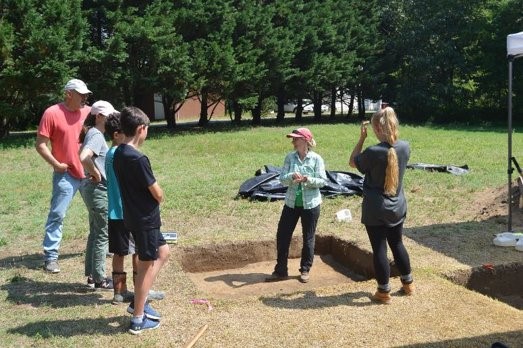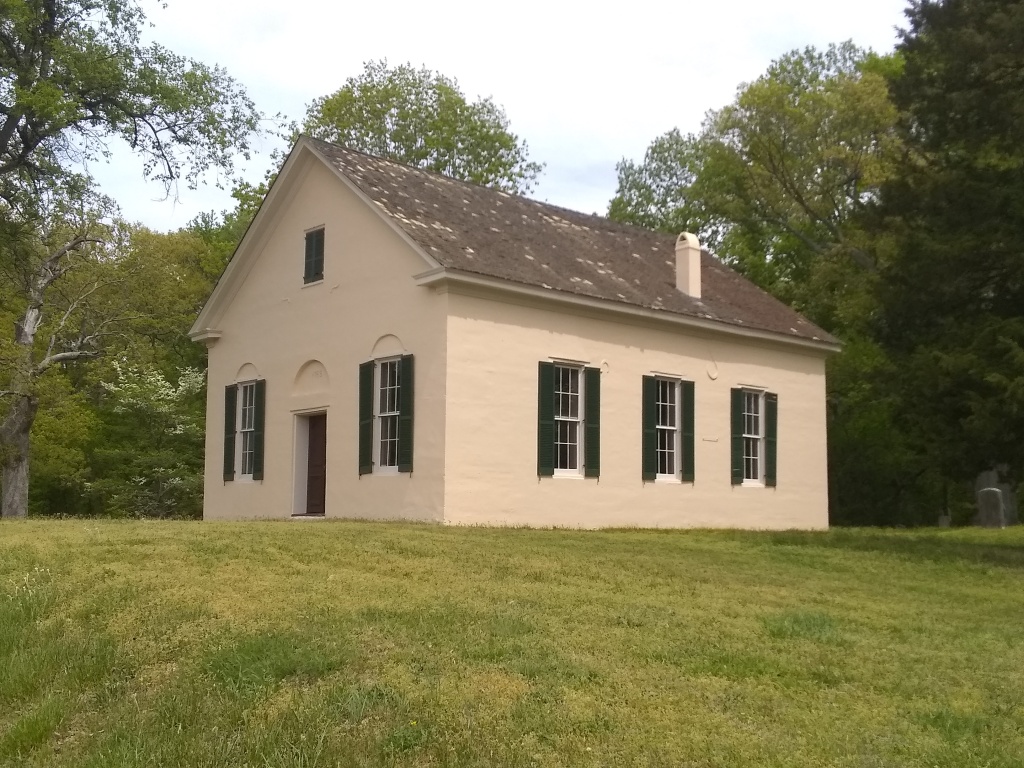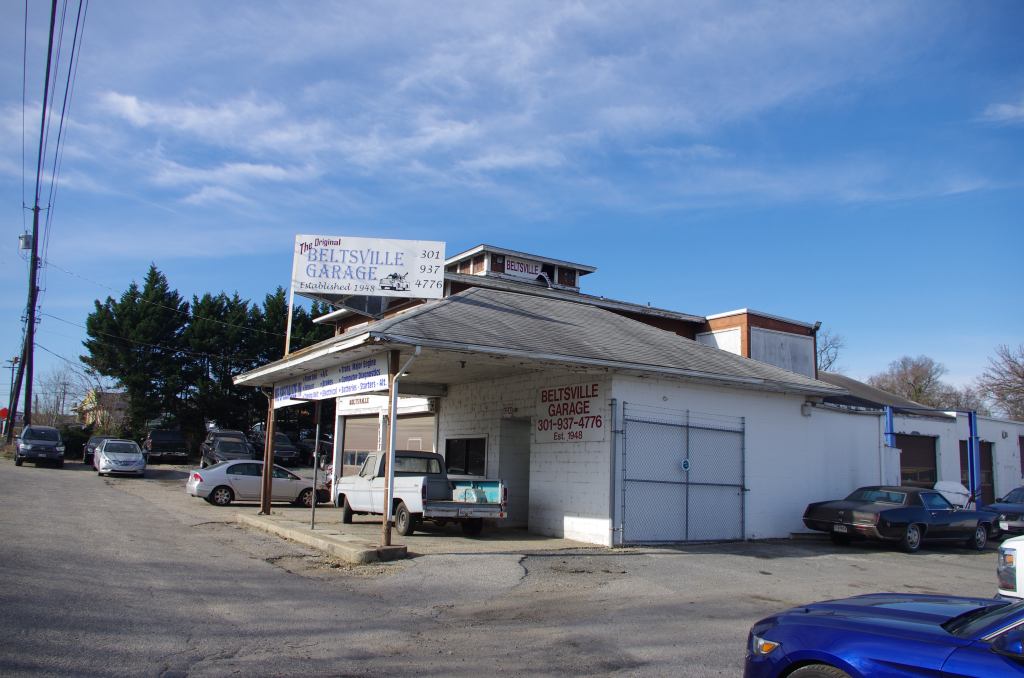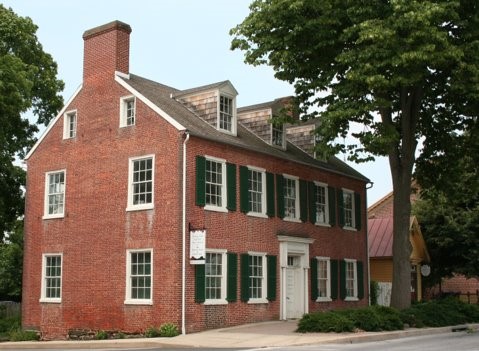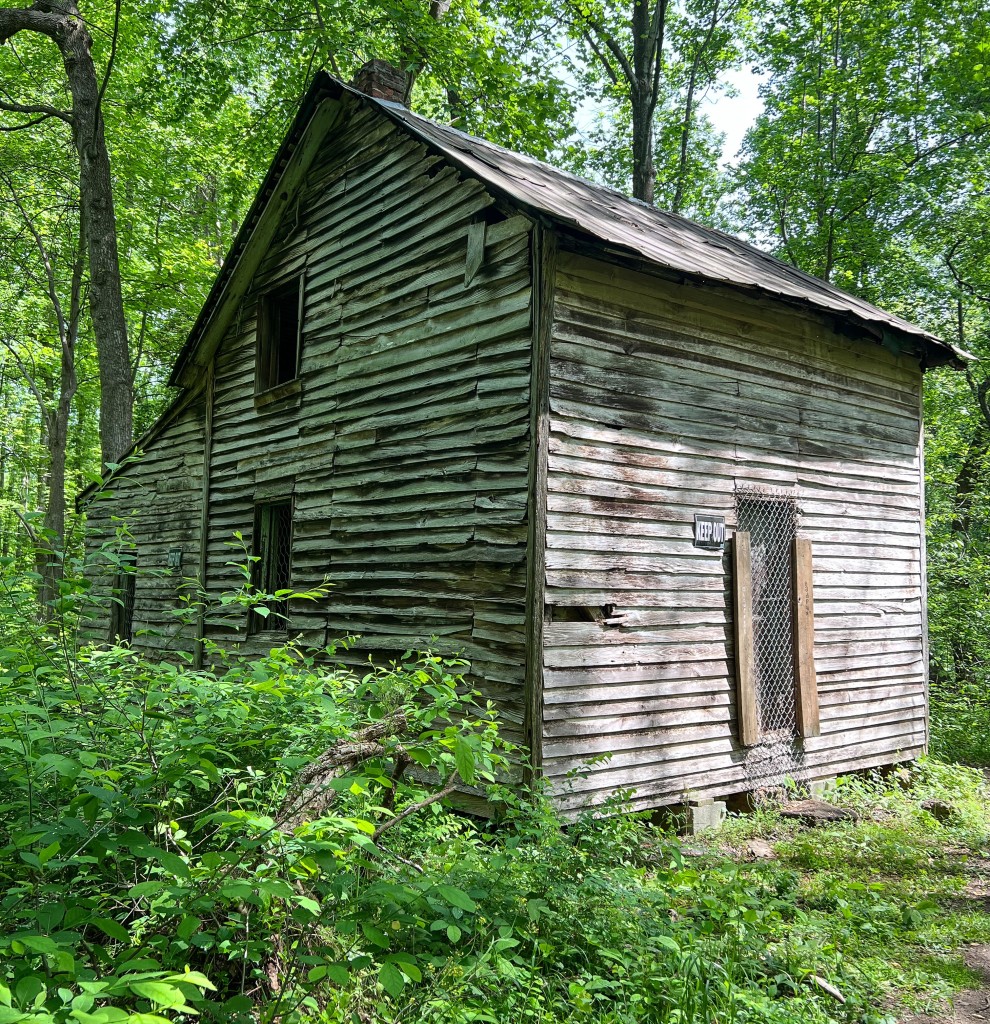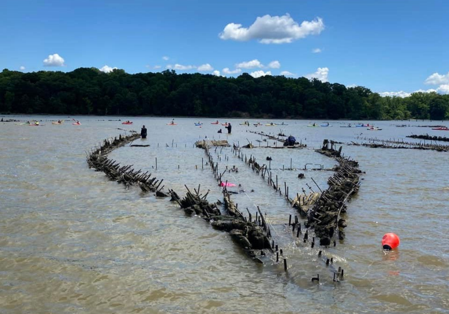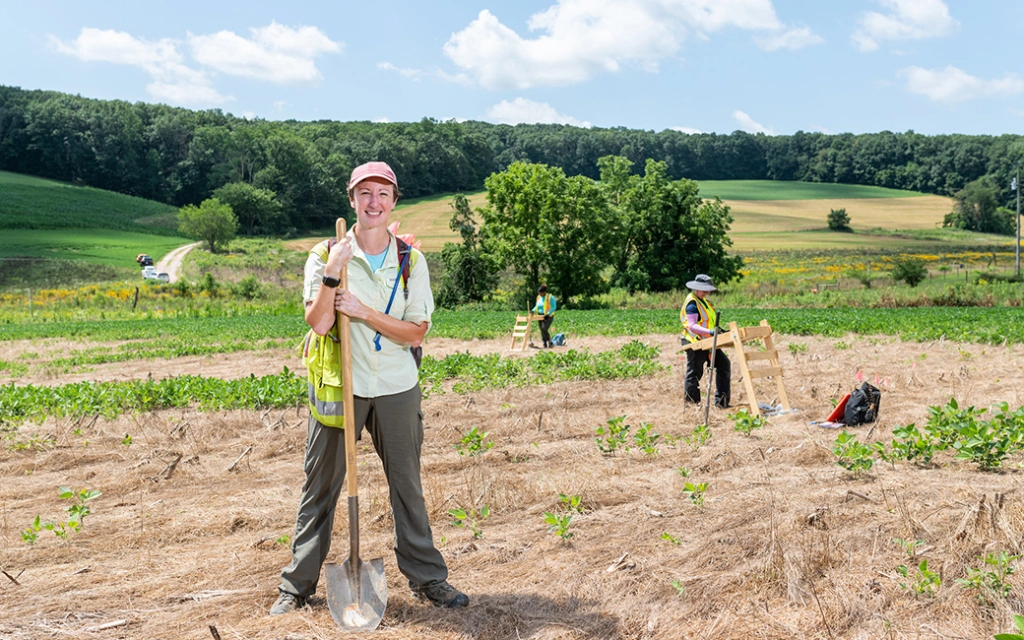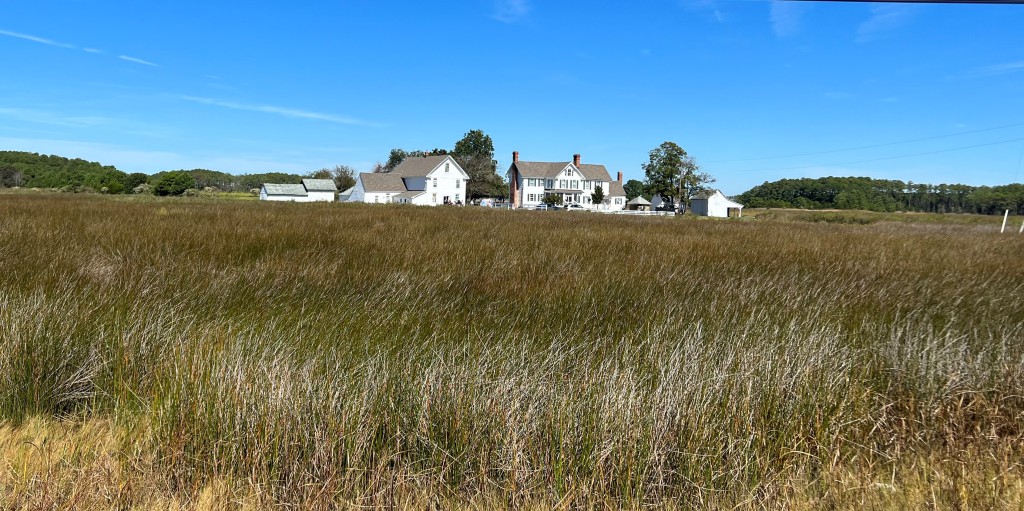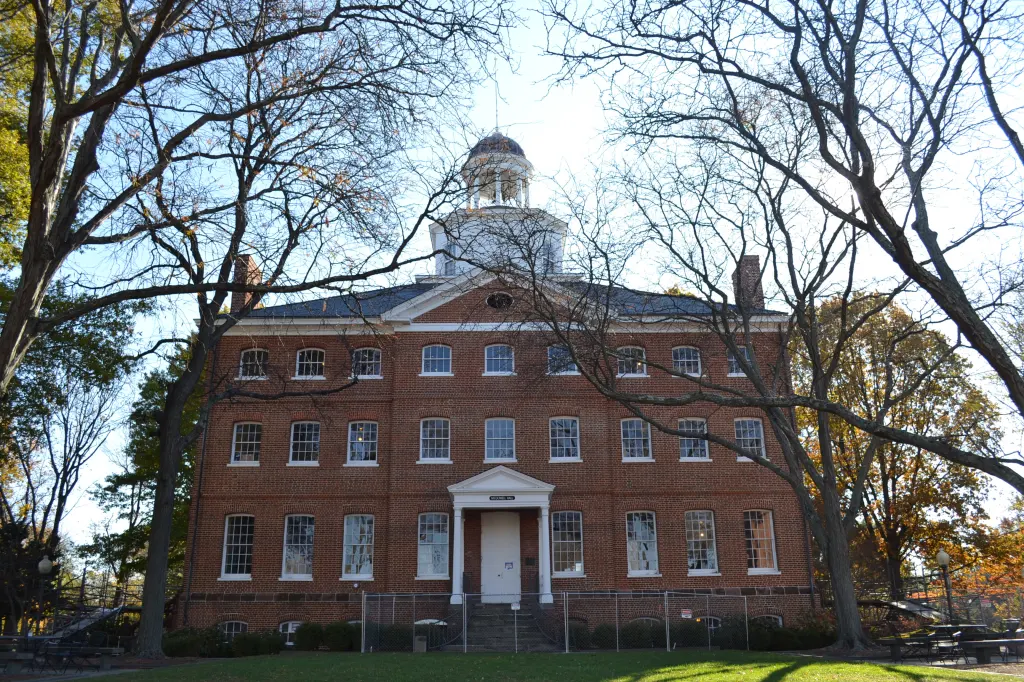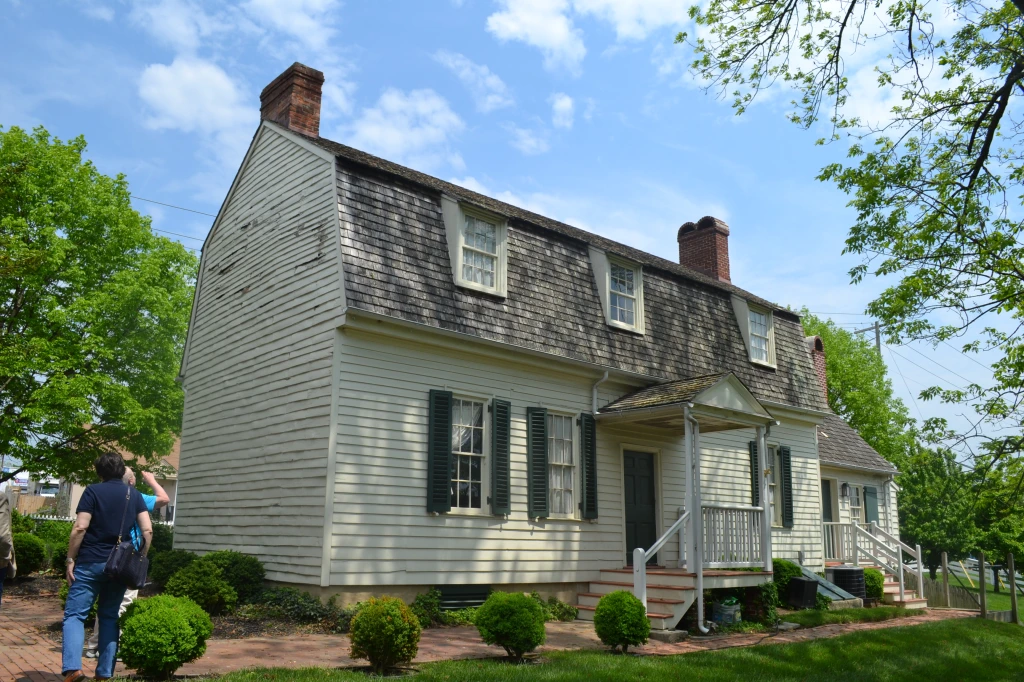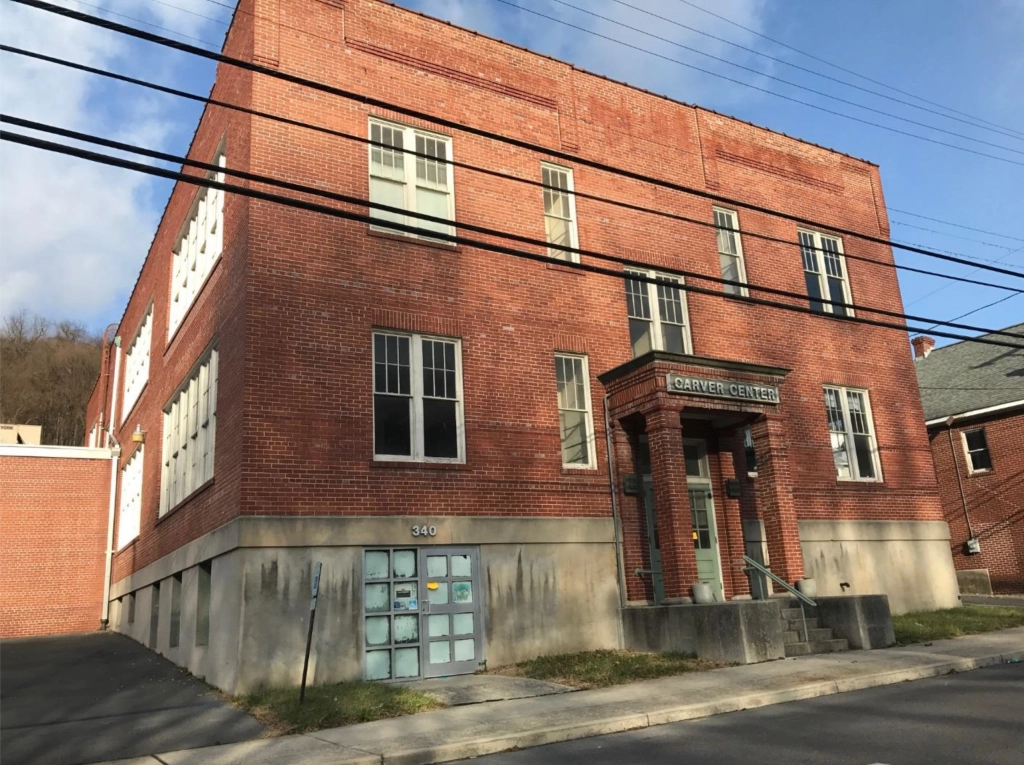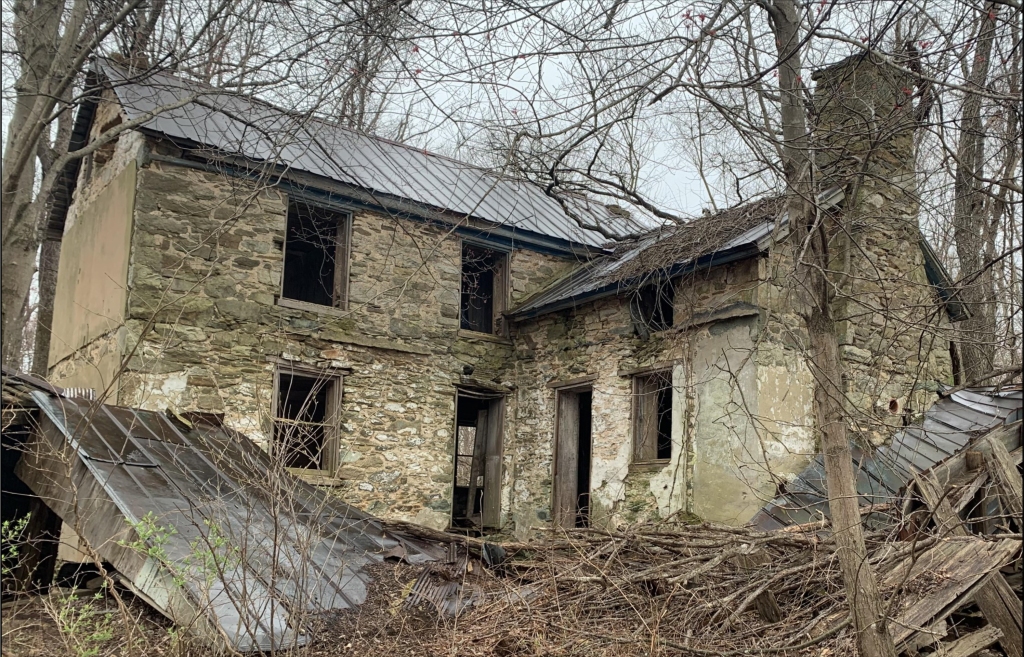MHT is excited to announce the FY2024 recipients of our Historic Preservation Non-Capital grants! Funded through the Maryland Heritage Areas Authority Financing Fund, this grant program supports a wide variety of research, survey, planning, and educational activities involving architectural, archaeological, or cultural resources.
This year, a total of $300,000 is being awarded to non-profit organizations and universities for an exciting slate of eight projects across the state. Below are descriptions of all the projects awarded:
The Early 17th-Century Jesuit Mission at Potapaco Town – St. Mary’s College of Maryland ($33,000)
St. Mary’s College of Maryland, in partnership with the Piscataway Conoy Tribe and the Maryland Park Service, will conduct archaeological testing at Potabaco I, a centuries-old Indigenous settlement at Chapel Point State Park and possible Jesuit mission to the Potapaco Indians. This site is threatened by climate change-related erosion, and this project will seek to document those threats and provide recommendations on how to plan for the future. In addition, interpretive materials will be developed for the Maryland Park Service.
Tracking Native American Cultural Heritage of Maryland’s Upper Eastern Shore – Washington College ($40,000)
To enhance our understanding of the Native American cultural landscape in the Upper Choptank watershed, the Washington College Archaeology Lab will conduct an archaeological survey and excavation within Caroline County. Climate-induced sea-level rise and erosion, coupled with a robust five-year strategic plan for economic development, threaten resources located along the shorelines of the Upper Choptank and its tributaries. Field and laboratory work will be conducted as a public archaeology endeavor and new Maryland Inventory of Historic Properties (MIHP) Archaeology Site Forms will be produced.
Queen Anne’s County Architectural Heritage Book Project – Kent Island Heritage Society ($62,000)
This project will constitute the first phase of work to create a book on the early architectural heritage of Queen Anne’s County. It will include research and fieldwork, as well as introductory and contextual essays analyzing the changes in buildings and landscapes from the earliest European settlement through the industrial period. The completed publication will include topical studies on pre-industrial Queen Anne’s County architecture; summaries of significant, representative properties; and engaging photographs.
Documenting Dairy Farms in Maryland, Phase III – University of Delaware ($30,000)
Building on Phases I and II of this project, the University of Delaware’s Center for Historic Architecture and Design will conduct a cultural resource survey of historic dairy farms and their associated structures in Baltimore and Howard counties. The work will include approximately 10 MIHP Architecture Forms, a selection of measured drawings, and brief historic contexts on dairy farming in each county.
Phase II: Architectural Survey of US Route 1 – Anacostia Trails Heritage Area ($50,000)
This Phase II project will survey US Route 1 from the southwestern Baltimore City line to the Pennsylvania state line, including Baltimore City, and Baltimore, Cecil, and Harford counties. Phase I was funded by an FY2022 Historic Preservation Non-Capital grant. The work will include a literature review and a supplemental research report for the project area, a reconnaissance-level survey, and 5-8 MIHP Architecture Forms for selected properties.
Architectural and Archaeological Survey of the Westminster Historic District – City of Westminster ($30,000)
This work will produce an updated National Register nomination and supporting documentation for the Westminster Historic District, originally completed in 1980. The new research will expand upon topics such as the rural free delivery system, the area’s Civil War history, and underrepresented histories of the African American, Irish, and Greek communities of Westminster.
Curating the Mayr Collection: Artifacts and Records of Archaeological Sites - The Lost Towns Project ($40,000)
The Lost Towns Project will enhance their stewardship of the recently obtained Thomas Mayr collection, amassed from over 50 years of systematic collecting in central and southern Maryland. Before these collections can yield valuable information on sites in these areas, the collection needs to be professionally curated, processed, and cataloged. Funds will support an interdisciplinary team of professionals who will process and rehouse the collection to Maryland State curation standards, create a digital catalog of the artifacts and associated documentary materials, update MIHP Archaeology Site Forms, and produce a technical report.
Condition Assessment for the Lemuel Wallace House – American Chestnut Land Trust ($15,000)
This project will produce a condition assessment report for the Lemuel Wallace House, one of the best-preserved cultural resources on hiking trails maintained by the American Chestnut Land Trust in Calvert County. Wallace was an African American farmer and landowner in the community of Parkers Creek. The report will detail the most urgent preservation, maintenance, and conservation needs, as well as develop treatment strategies and cost estimates for recommended treatments.
Availability of FY2025 funds through the Historic Preservation Non-Capital Grant Program will be announced in the spring of 2024 on MHT’s website ( https://mht.maryland.gov/Pages/funding/grants-noncapital.aspx). Application deadlines and workshop dates will also be found on this page at that time.
For more information about the grant program, please contact Heather Barrett, Administrator of Architectural Research at MHT, at 410-697-9536 or heather.barrett@maryland.gov. For information about organizations receiving grants, please contact the institutions directly.


